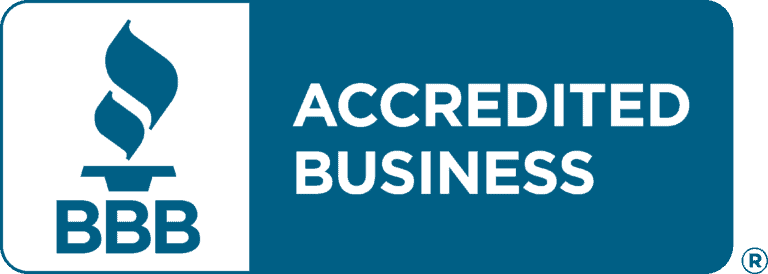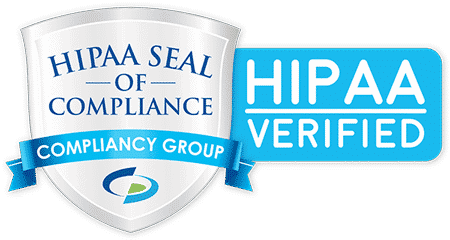Business executives worldwide want the same thing: a reduction in operating costs. And when it comes to business finances, you typically hear the words’ cost savings’ and ‘cost avoidance.’ While they are mistakenly used interchangeably, these concepts differ in their approach and implementation. Navigating these distinctions can be complex, yet essential for optimizing financial performance.
At Expense to Profit, we provide business owners, CFOs, Budget/Accounting Officers, and Procurement professionals with effective cost-reduction strategies that align with organizational objectives. One of the ways you can achieve that is to dissect these concepts. This article delves into the disparity between cost savings and cost avoidance, elucidating their implications for businesses and offering insights into how to leverage them for financial success.
Let us explore them below:
What is Cost Savings?
Cost savings refer to reducing expenses or expenditures within a business or organization through various means. These means could include negotiation tactics with suppliers, implementing efficiency improvements in operations, optimizing processes, consolidating resources, or leveraging economies of scale.
The goal of cost savings initiatives is to directly decrease the amount of money spent on specific activities or resources while maintaining or improving the quality of products or services offered. This reduction in expenses can lead to higher profitability, improved cash flow, and enhanced competitiveness in the marketplace.
How Do You Calculate Cost Savings?
Cost savings are calculated by comparing the actual cost of a particular expense or activity to a benchmark or target cost. The formula for calculating cost savings is:
Original Cost – New Cost = Cost Savings.
Calculate the cost savings percentage: (Cost savings/Previous costs) x 100%. Let us use this as an example. If the original cost for a pack of supplies is $10,000 and the new cost incurred is $8,000, the cost savings would be $2,000. Thus, the cost savings percentage will be ($2,000/$10,000) x 100% = 20%.
How Do You Implement Cost Savings?
Cost savings can be implemented through various strategies and initiatives tailored to a business’ specific needs and circumstances. Here are some common approaches to implementing cost savings:
- Supplier Negotiation. Businesses can negotiate better terms with their suppliers, such as discounts for bulk purchases, extended payment terms, or reduced prices for long-term contracts. This can help lower the cost of raw materials, components, or services procured.
- Operational Efficiency Improvements. Identifying and eliminating inefficiencies in operational processes can lead to significant cost savings. This could involve optimizing workflows, reducing waste, improving resource utilization, or automating manual tasks to increase productivity.
- Strategic Sourcing. Businesses can strategically source goods and services by evaluating alternative suppliers, Reverse Auctions through eSourcing, or Implementing Vendor Contracts. This will result in lower procurement costs and improved supplier relationships.
- Inventory Management. Effective inventory management practices, such as just-in-time inventory systems, reducing excess inventory levels, or optimizing inventory turnover rates, can help minimize carrying costs and obsolescence expenses.
- Energy Conservation. Implementing energy-efficient technologies, optimizing energy usage, or adopting renewable energy sources can lead to substantial cost savings on utility bills and contribute to sustainability efforts.
- Outsourcing. Non-core functions or tasks can be outsourced to specialized third-party providers and will be more cost-effective than maintaining in-house capabilities. Outsourcing can even prove effective if you operate a hybrid setup. This could include outsourcing IT services, customer support, payroll processing, or manufacturing activities.
Implementing these strategies will enable your business to improve its overall financial health.
What is Cost Avoidance?
Cost avoidance refers to businesses’ strategic actions to prevent or mitigate potential future costs. Cost avoidance strategies aim to circumvent unnecessary expenditures by proactively managing risks, optimizing processes, and implementing preventative measures.
Unlike cost savings, which involve reducing or minimizing existing expenses, cost avoidance focuses on preemptively identifying and addressing factors that could lead to increased costs in the future.
Cost avoidance is typically not calculated similarly to cost savings because it involves preventing or mitigating potential future costs rather than realizing direct savings on existing expenses. Instead of calculating a specific dollar amount saved, cost avoidance focuses on identifying and quantifying potential future costs that have been prevented or reduced through proactive measures.
How is Cost Avoidance Implemented?
Here are some standard methods for implementing cost avoidance:
- Risk Assessment. Conduct comprehensive risk assessments to identify potential threats and vulnerabilities that could lead to increased costs in the future. This involves analyzing various aspects of the business, such as operations, supply chain, regulatory compliance, and market factors, to pinpoint potential risk areas.
- Preventive Maintenance. Implement preventive maintenance programs for equipment, machinery, and facilities to minimize the risk of breakdowns, downtime, and costly repairs. Regular maintenance helps identify and address issues before they escalate into more significant problems, reducing the likelihood of unexpected expenses.
- Compliance and Regulatory Management. Stay informed about relevant regulations, standards, and industry requirements to ensure compliance and avoid penalties, fines, or legal disputes. Establish robust compliance management systems and procedures to address regulatory challenges and minimize compliance-related risks proactively.
- Technology Investments. Invest in technology solutions, software tools, and data analytics platforms to streamline operations, enhance decision-making, and optimize resource allocation. Leveraging technology enables businesses to identify trends, anticipate future costs, and make data-driven decisions to mitigate risks effectively.
Implementing these strategies will enable your business to take care of future costs before they materialize, maintain financial stability, and optimize resources over the long term.
Conclusion
While cost savings means implementing strategies to save you from spending more now, cost avoidance means not having to spend money in the future. So, while the former helps reduce operating expenses and improve profitability in the short term, cost avoidance efforts prevent unnecessary expenditures and minimize financial risks over the long term. Implementing both concepts is essential for your business to optimize financial performance, manage risks effectively, and drive sustainable growth.
Expense to Profit is a leading cost-reduction consultancy created to help businesses improve their profit margins while lowering expenses. We can improve your bottom line with proven and tested strategies tailored to your needs.
Call Today for a free consultation and expense reduction analysis.






